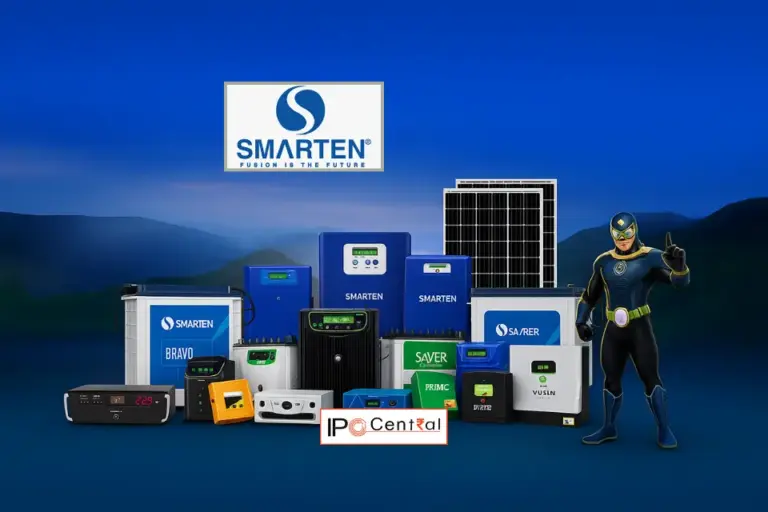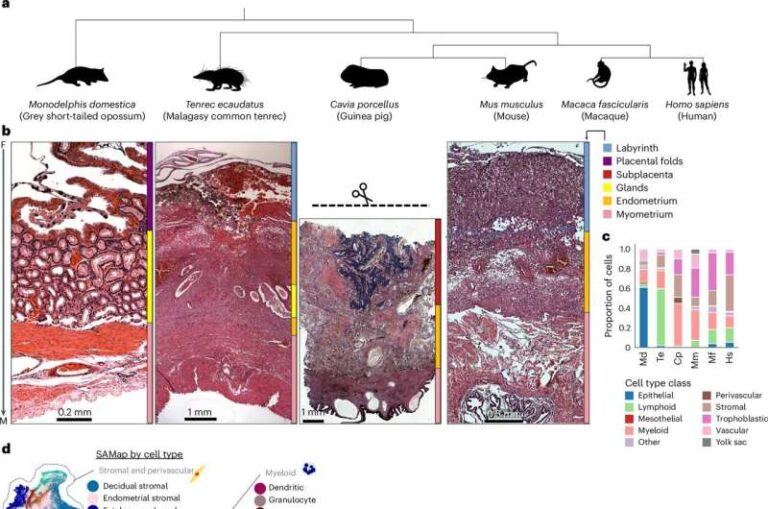In a groundbreaking study published on June 30, 2025, researchers at the University of Wollongong’s Institute for Superconducting and Electronic Materials (ISEM) have solved a four-decade-old quantum conundrum. By employing a novel technique known as entropy engineering, the team has paved the way for the development of next-generation electronic devices that operate with unprecedented energy efficiency. This breakthrough, detailed in the journal Advanced Materials, was led by Distinguished Professor Xiaolin Wang and Dr. M. Nadeem, along with Ph.D. candidate Syeda Amina Shabbir and Dr. Frank Fei Yun.
The study introduces a pioneering design concept to achieve the elusive quantum anomalous Hall (QAH) effect, a phenomenon that has the potential to drastically reduce global energy consumption and revolutionize technology. By manipulating the quantum behavior of a one-atom-thick magnetic material through the strategic mixing of four types of metal atoms, the researchers successfully altered the material’s electronic structure. This innovative approach created a topological bandgap, allowing electricity to flow seamlessly along the material’s edges without interference or energy loss—a “superhighway” for electricity that could serve as a foundation for future quantum computers and ultra-efficient electronics.
Entropy Engineering: A New Frontier
The concept of entropy engineering involves modifying the “entropy” or randomness within a material to achieve desired quantum properties. The UOW team’s method provides scientists with a powerful new tool for designing advanced quantum materials. “This is a significant step toward practical quantum devices that are energy-efficient, scalable, and resilient,” said Professor Wang. “Our method opens a new avenue to design 2D quantum materials with robust topological properties.”
The implications of this research are vast, with potential applications ranging from consumer electronics that do not overheat to quantum computers, faster medical imaging technologies, and energy systems capable of retaining power for extended periods. The study also advances the field of spin-gapless semiconductors, a class of materials first conceptualized by Professor Wang.
Revolutionizing Quantum Devices
Dr. Nadeem, who spearheaded the theoretical modeling, highlighted the significance of the entropy-driven design. “The entropy-driven design not only reshaped the electronic bands but also opened a stable gap that ensures edge-state conduction, which is essential for real-world quantum applications,” he explained.
Professor Wang further emphasized the importance of this discovery, stating, “This represents a significant theoretical advancement toward the development of emerging quantum devices that are energy-efficient, scalable, and resilient. We are creating a new class of quantum materials that open fresh horizons for novel quantum physics and devices.”
“This is a significant step toward practical quantum devices that are energy-efficient, scalable, and resilient.” — Professor Xiaolin Wang
Looking Ahead: The Future of Quantum Technology
The breakthrough achieved by the UOW team marks a pivotal moment in the field of quantum materials. As researchers continue to explore the potential of entropy engineering, the possibilities for innovation in quantum technology appear boundless. The development of devices that operate without energy loss could transform industries and improve the quality of life worldwide.
With the foundation laid by this study, future research will likely focus on refining the techniques of entropy engineering and exploring its applications across various fields. As the scientific community builds on these findings, the promise of quantum technology draws ever closer to becoming a reality.
More information: Syeda Amina Shabbir et al, Tailoring Robust Quantum Anomalous Hall Effect via Entropy‐Engineering, Advanced Materials (2025). DOI: 10.1002/adma.202503319
Provided by the University of Wollongong


























